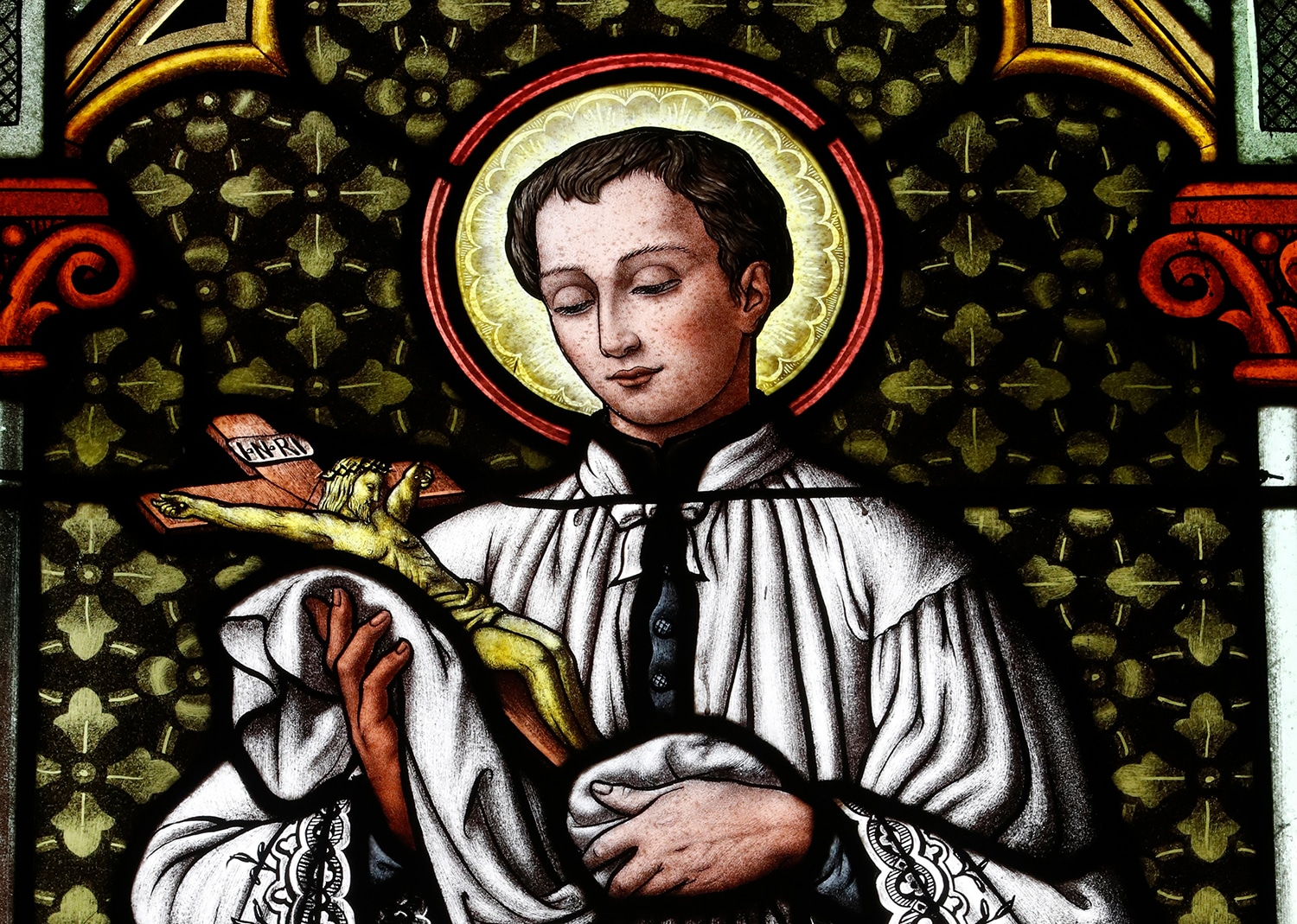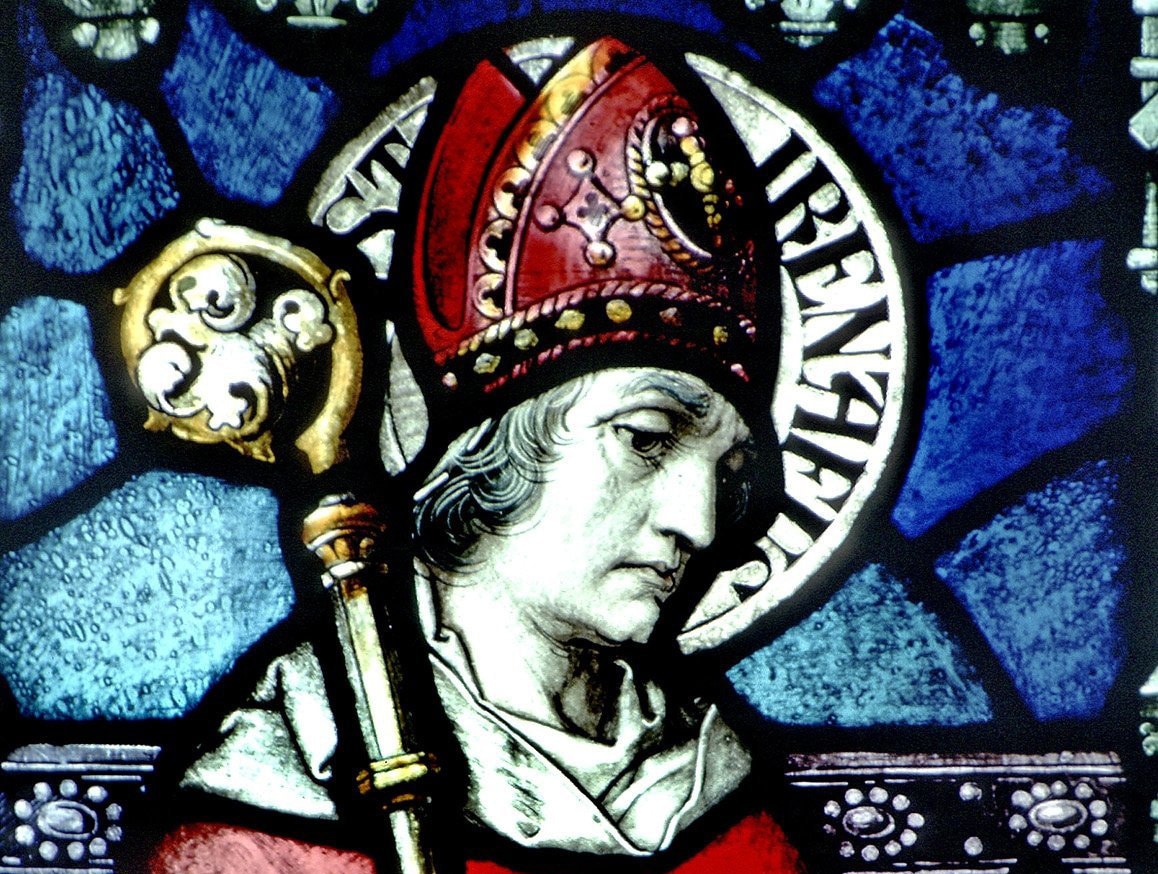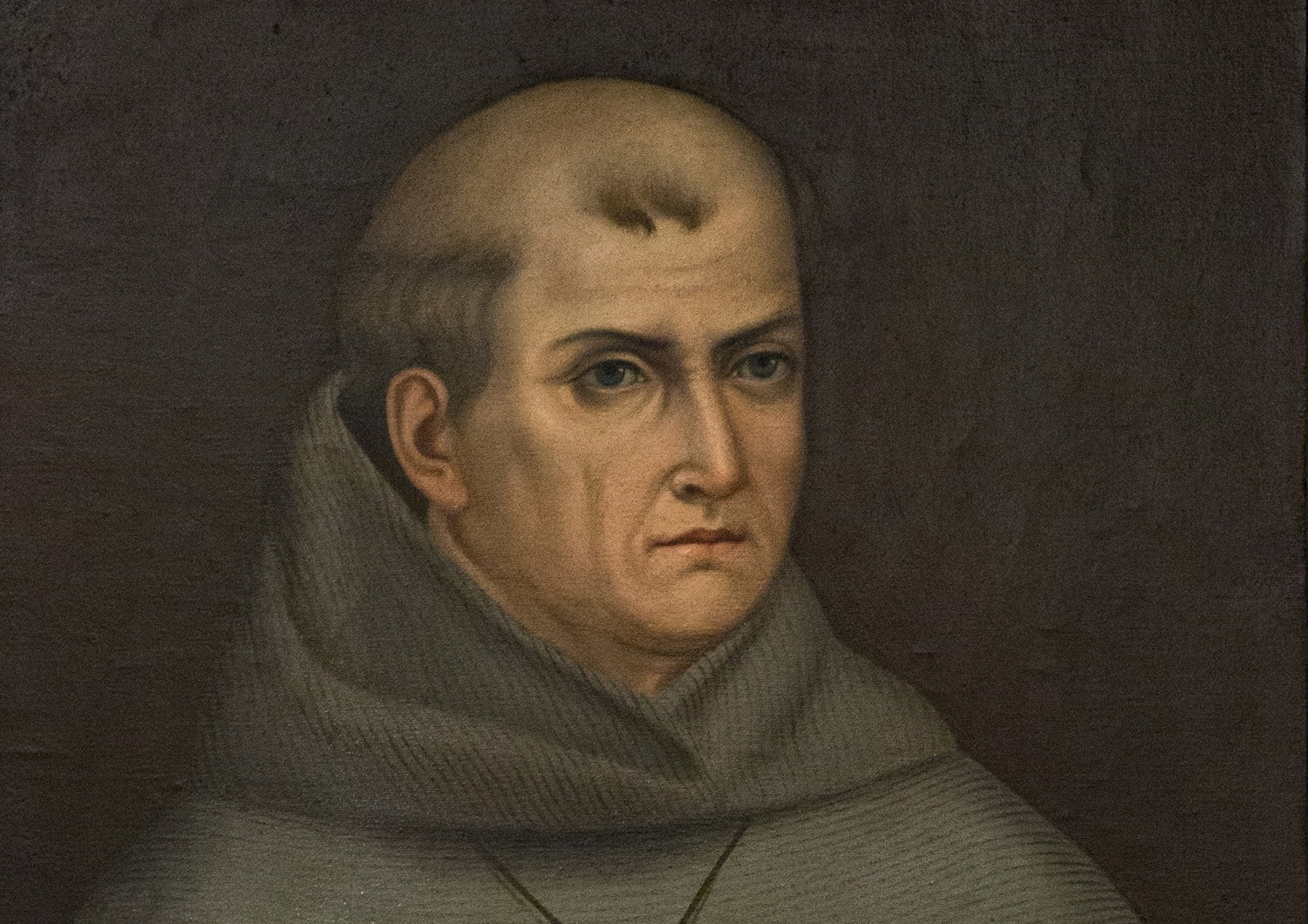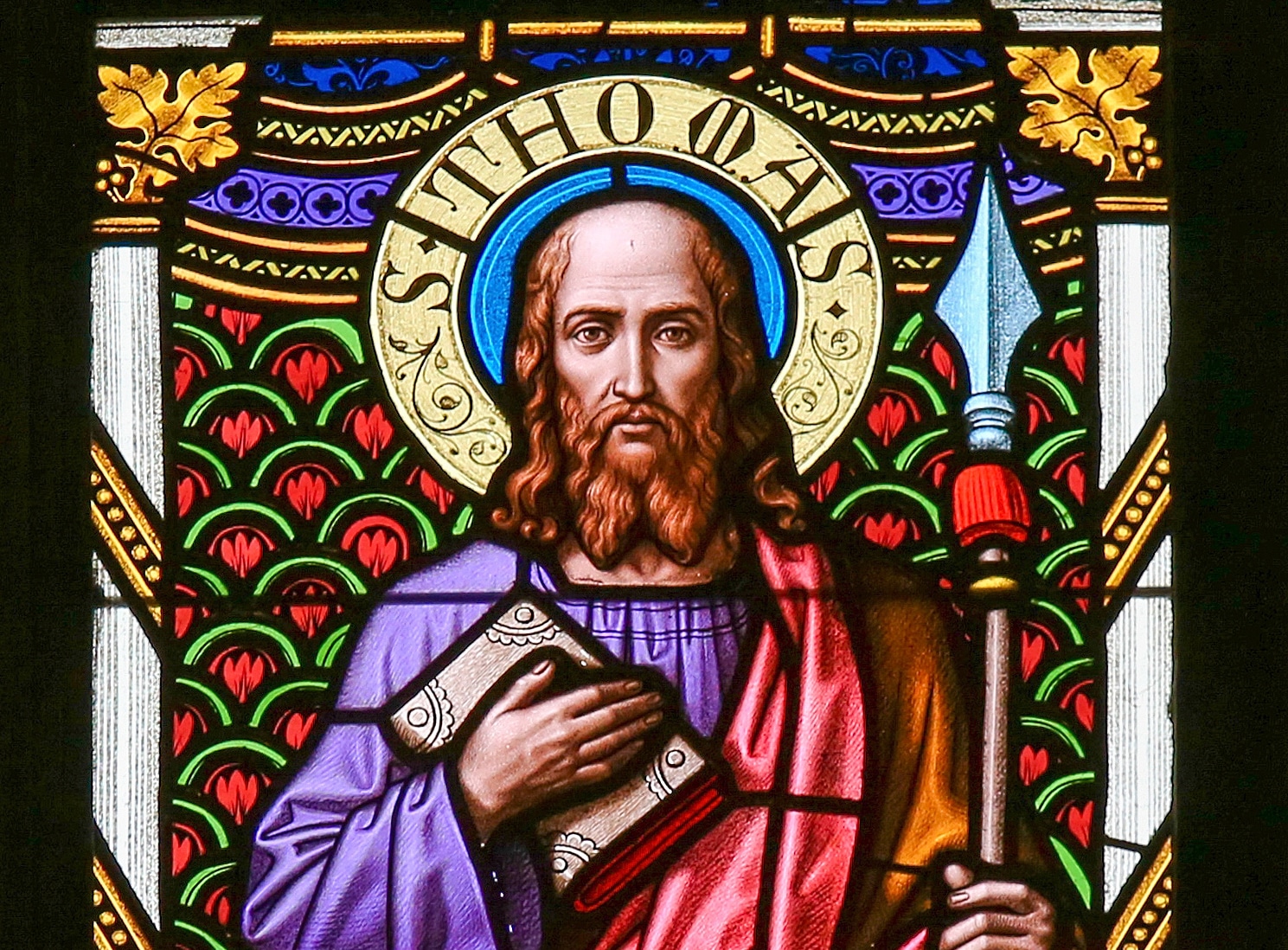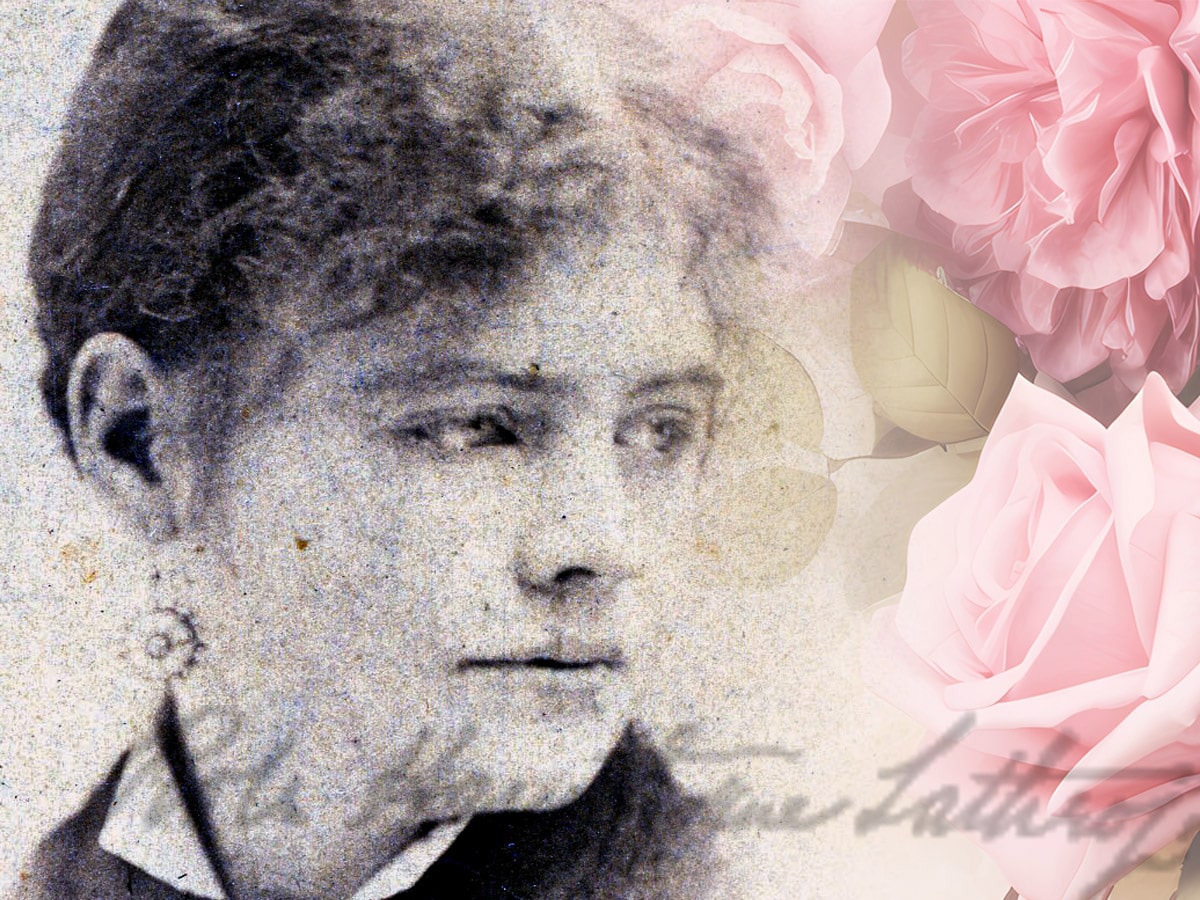Saint Romuald, Abbot
Feast day: June 19
Founder of the Camaldolese monks, St. Romuald was born in Ravenna about 950 and died in 1027 at the Val di Castro monastery in Italy. His was a life of reforming his early dissolute and self-indulgent ways by giving his entire life to God and reforming the Benedictines by providing a hermit-dwelling option. Stunned after his father, a nobleman, killed a man in a duel, St. Romuald fled to a nearby abbey to do penance for his father’s crime. After three years, he left in search of the solitude and more ascetical lifestyle of Egyptian monasticism.
Joined by several friends, he sought to live a life based on more stringent fasting and detachment from the world. Under the direction of a hermit near Venice, St. Romuald set up hermitages throughout northern Italy and southern France. Although he wanted to evangelize further into Hungary and even die for Christ there, he was not able to do so due to continual illness. A man of deep human warmth and tenderness, St. Romuald advocated what later became known by St. Peter Damian as a triple good: a religious order combining monastery life, solitude and missionary endeavors. Known for his humility, St. Romuald, nevertheless, endured intense persecution and misunderstanding as he worked to reform the Benedictines, as he was sometimes the subject of violence or captivity.
“Better to pray one psalm with devotion and compunction than a hundred with distraction.” These are the words of St. Romuald, who had the gifts of tears, prophecy and mystical prayer. He wrote a brief rule for his new order, the Camaldolese monks, one of the Italian branches of the Benedictines, in which the eremitical life is combined with living in community. St. Romuald’s rule emphasizes intense focus while placing oneself in the presence of God “with fear and trembling” and forgetting oneself entirely. His brief rule provides a set of exercises for training in contemplation through conscientious praying of the psalms as the seeds of meditation. Inner peace and joy are noted to be the fruits of this prayer life.
At the end of so many intense journeys, St. Romuald died alone with God in his cell at Val di Castro. His monasteries were known to welcome travelers, the poor and the sick in the spirit of St. Benedict. But his emphasis on solitude influenced St. Bruno, who in 1084 founded the Carthusian order in France. The Camaldolese monks still exist as a small independent order of Benedictines living the way of life Romuald began. There are Camaldolese monasteries and hermitages in Italy, Poland, France, India, Brazil and the United States.
Reflection
Dear Jesus, help me to have a regular prayer life throughout each day. I want to grow close to you, dear Lord, and learn to love my brothers and sisters as you love them.
Prayer
O God, who through Saint Romuald renewed
the manner of life of hermits in your Church,
grant that, denying ourselves and following Christ,we may merit to reach the heavenly realms on high.
Through our Lord Jesus Christ, your Son,
who lives and reigns with you in the unity of the Holy Spirit,
God, for ever and ever.I


